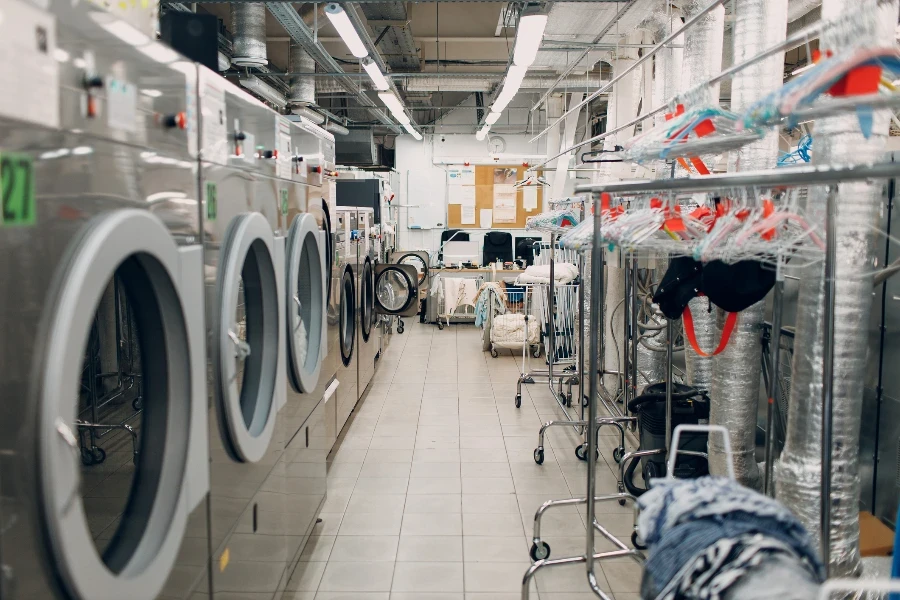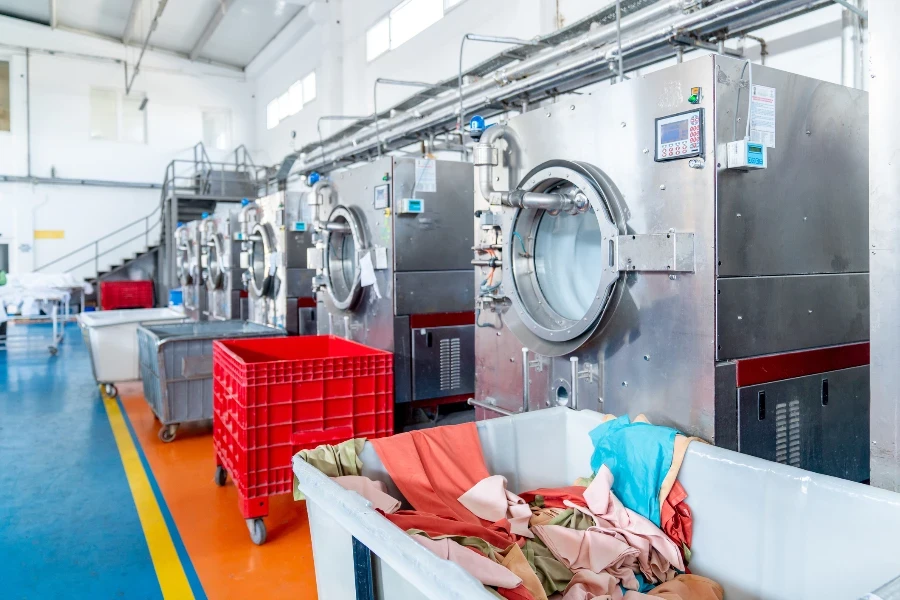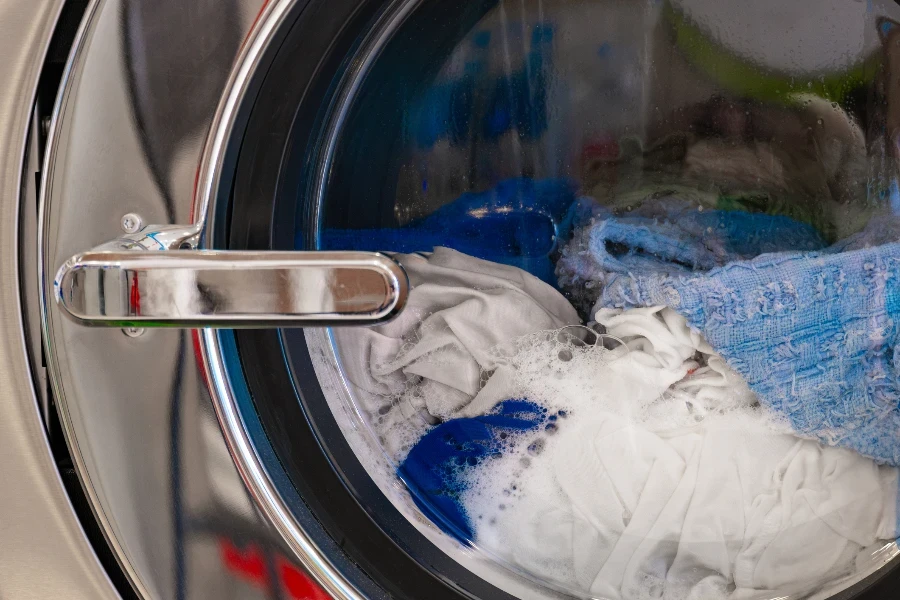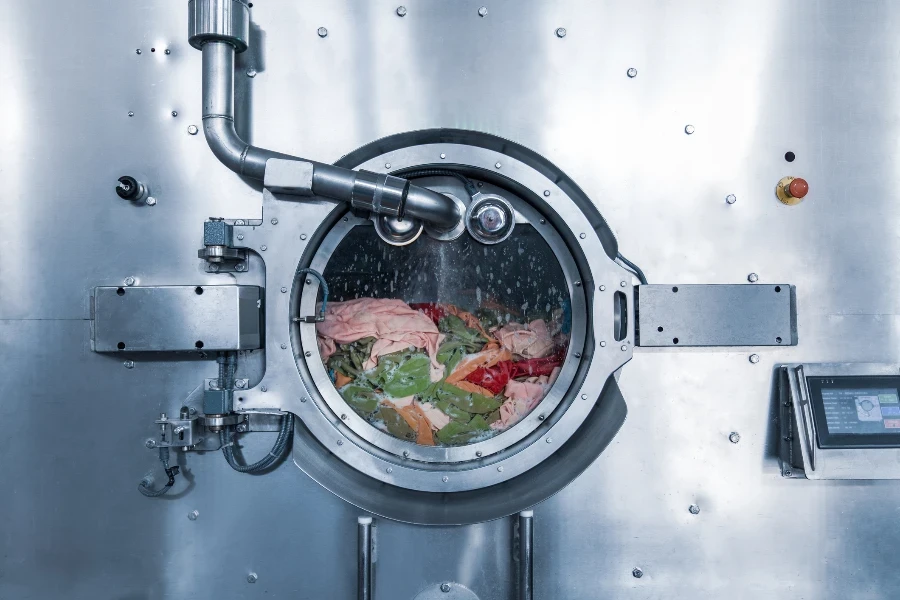In the realm of heavy-duty laundry operations, the industrial washing machine stands as a cornerstone of efficiency and innovation. As businesses strive for optimal performance and sustainability, understanding the nuances of these powerful machines becomes paramount. This article delves into the five critical aspects users must consider when navigating the complex landscape of industrial washing equipment. By breaking down the technicalities into accessible insights, we aim to empower you with the knowledge to make informed decisions tailored to your specific needs.
Table of Contents:
– Understanding the capabilities and capacities
– Exploring the latest technological advancements
– Energy efficiency and sustainability
– Maintenance and longevity
– Cost considerations and ROI
Understanding the capabilities and capacities:

Industrial washing machines are designed to meet the rigorous demands of large-scale operations. Unlike their domestic counterparts, these machines boast substantial capacities, ranging from 20 to 400 pounds per load. This significant capacity allows for the washing of large volumes of laundry, reducing the number of cycles needed and, consequently, the overall operational time.
The versatility of industrial washing machines is another critical aspect. These machines offer a variety of settings and programs to accommodate different types of fabrics and dirt levels. From delicate linens to heavy-duty work uniforms, the right machine can provide the flexibility needed to ensure optimal cleaning results.
Furthermore, the robust construction of industrial washing machines ensures they can withstand the constant use and harsh conditions often found in commercial environments. This durability is crucial for businesses looking to minimize downtime and maintain a steady workflow.
Exploring the latest technological advancements:

Technological innovations have significantly enhanced the functionality and efficiency of industrial washing machines. Features such as programmable controls and automated dosing systems allow for precise adjustments, ensuring optimal cleaning performance while minimizing waste.
Connectivity and IoT integration have also become increasingly prevalent. These advancements enable remote monitoring and management of the washing process, offering greater control and flexibility. Operators can track cycle progress, adjust settings, and receive alerts for maintenance needs, all from a distance.
Moreover, the incorporation of advanced sensors helps to optimize water and energy consumption. By adjusting the wash cycle based on the load’s weight and type, these machines can significantly reduce unnecessary resource use, contributing to a more sustainable operation.
Energy efficiency and sustainability:

Energy efficiency is a top priority for businesses aiming to reduce operational costs and minimize their environmental impact. Modern industrial washing machines are engineered with this in mind, employing various technologies to lower energy and water consumption.
Heat recovery systems are one such innovation. By reusing the heat generated during the wash cycle, these systems can significantly reduce the energy required to heat water, leading to substantial savings over time.
Water recycling capabilities further enhance the sustainability of industrial washing machines. By treating and reusing water, businesses can dramatically cut their water usage and disposal costs, contributing to a more eco-friendly operation.
Additionally, the use of biodegradable detergents and low-temperature wash cycles can further reduce the environmental footprint of laundry operations, aligning with the growing demand for sustainable business practices.
Maintenance and longevity:

The longevity of an industrial washing machine is directly influenced by its maintenance regime. Regular maintenance not only extends the life of the machine but also ensures it operates at peak efficiency.
Preventive maintenance, including routine inspections and the timely replacement of worn parts, is essential. This proactive approach can help avoid costly breakdowns and unexpected downtime, ensuring a consistent and reliable laundry operation.
Moreover, choosing a machine with easy access to parts and straightforward repair procedures can significantly reduce maintenance time and costs. The availability of comprehensive support and service from manufacturers or suppliers is also a crucial factor to consider.
Cost considerations and ROI:

Investing in an industrial washing machine involves upfront costs, but it’s the long-term savings and return on investment (ROI) that businesses should focus on. The efficiency and durability of a high-quality machine can lead to significant cost savings in terms of reduced energy, water, and maintenance expenses.
Calculating the ROI involves considering the machine’s capacity, efficiency, and the specific needs of your operation. A machine that can handle larger loads or offers faster cycle times can increase throughput and reduce labor costs, contributing to a quicker ROI.
It’s also important to consider financing options and potential tax incentives for energy-efficient machinery. These factors can help mitigate the initial investment and make a high-quality industrial washing machine more accessible.
Conclusion:
An industrial washing machine represents a significant investment in the efficiency and sustainability of a business’s laundry operations. By understanding the critical aspects of capabilities, technology, energy efficiency, maintenance, and cost, businesses can make informed decisions that align with their operational needs and environmental values. With the right approach, the benefits of an industrial washing machine can extend far beyond clean laundry, contributing to a more efficient, sustainable, and profitable operation.




